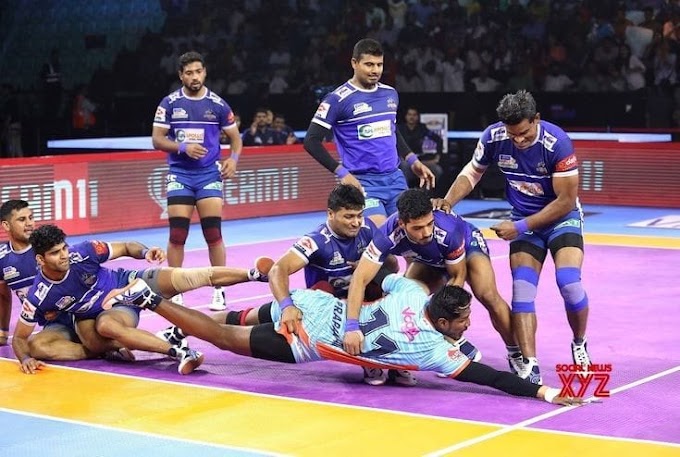Understanding Indirect Speech – Present Perfect Continuous Tense
When converting Present Perfect Continuous Tense from direct to indirect speech, we change the tense to Past Perfect Continuous.General Rule:
has/have been + V1 + ing → had been + V1 + ing
Structure:
Direct:
Subject + said, "Subject + has/have been + V1-ing + ..."
Indirect:
Subject + said that + subject + had been + V1-ing + ...
Examples:
• Direct: She said, "I have been reading a book."
Indirect: She said that she had been reading a book.
तिने सांगितले की ती एक पुस्तक वाचत होती.
• Direct: He said, "I have been working on this project."
Indirect: He said that he had been working on that project.
त्याने सांगितले की तो त्या प्रोजेक्टवर काम करत होता.
• Direct: They said, "We have been waiting for you."
Indirect: They said that they had been waiting for me.
त्यांनी सांगितले की ते माझी वाट पाहत होते.
• Direct: I said, "She has been learning English."
Indirect: I said that she had been learning English.
मी सांगितले की ती इंग्रजी शिकत होती.
• Direct: Rahul said, "I have been driving for hours."
Indirect: Rahul said that he had been driving for hours.
राहुलने सांगितले की तो तासन्तास गाडी चालवत होता.






0 Comments